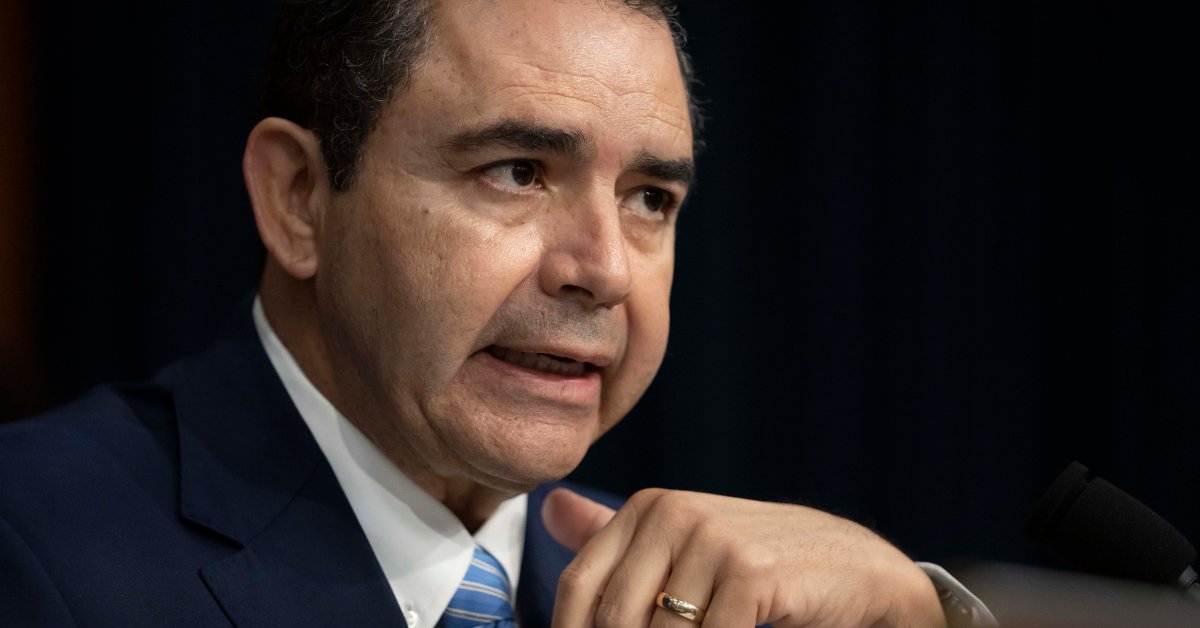D. Michael Quinn had an obsessive drive to reveal the secrets of Mormonism’s past, believing that truth-telling would not harm — and indeed ultimately help — The Church of Jesus Christ of Latter-day Saints, even as he worked just as strenuously to hide his own secrets.
The prominent Latter-day Saint historian, who died in 2021, knew from childhood that exposing his homosexuality could destroy his future in the faith, his academic career, his hoped-for marriage and possibly his life.
The intertwining of Quinn’s never-ending belief in the Utah-based church and his personal hell now are laid bare in his heartbreaking, “relentlessly episodic” autobiography: “Chosen Path: A Memoir.”
Every page of this raw and real account from Signature Books holds a surprise, says Barbara Jones Brown, who edited the volume Quinn gleaned from his multiple journals.
She did not know, Brown says in a recent “Mormon Land” podcast, that the historian was raised “by an abusive grandmother,” that he was Mexican American, that his father’s “true last name was Pena,” that the dad hid his “heritage — even from his own son — and took a new name from the actor that he grew up with, Anthony Quinn.”
Now, of course, many of Mormonism’s darkest episodes have been brought to light by the church itself. The hidden past has been revealed in an illuminating present for all to see.
Quinn even predicted in his 1974 journal that Latter-day Saints in general would have a more “open understanding of the church…in 50 years.”
With the posthumous release of his sometimes painfully frank journals, readers witness Quinn’s true self as he strives to be as honest on the printed page about his own history — including “embarrassing, awkward or difficult” episodes, says his son Moshe Quinn — as he wanted his church to be in telling its past.
This memoir “marks Quinn’s place not only as one of the Latter-day Saint tradition’s premier historians,” writes fellow historian Benjamin Park, “but also as a key historical figure himself.”
Here are lightly edited excerpts from the new volume:
March 1944
Dad was a lapsed Catholic, but Mom was a devout sixth-generation Mormon of Anglo-Swiss heritage…My birthdate, March 26, was when the Book of Mormon went on sale in 1830 in western New York state, where Mormonism’s founding prophet organized a new church.
Early 1949
About the time of my fifth birthday, I was among this year’s 20,000 cases [of polio] nationally…My family took me to …the L.A. County Hospital. On the way, I asked that they take me to Brother Jackman, a “high priest” in our ward. …I seem to recall that I wanted him to heal me with a blessing.
I thought that somehow I was to blame when my parents separated and divorced. In the polio ward of the hospital, I felt that God was punishing me.…I spent the rest of my life trying to be the perfect son, the righteous Mormon, the good student, and the perpetually nice guy in order to earn people’s love and respect. I felt there was something deeply wrong inside of me. At age 12, I learned it had a label. Homosexuality.
July 1953
Perhaps because I was such a regular testimony bearer [telling how God’s voice saved me from falling to my death…and from death and disability from polio], I grew up hearing Mormons telling me I was “special” and that our Heavenly Father was preparing me for “great things” in his church. Nana [his grandmother] was more direct: “I wouldn’t be surprised if God makes you one of his apostles.”...From age 9 onward, I expected to become an apostle of Mormonism.”
December 1957
My secret adoration for young men’s bodies competed with my open adulation for the souls of old church leaders.
December 1961
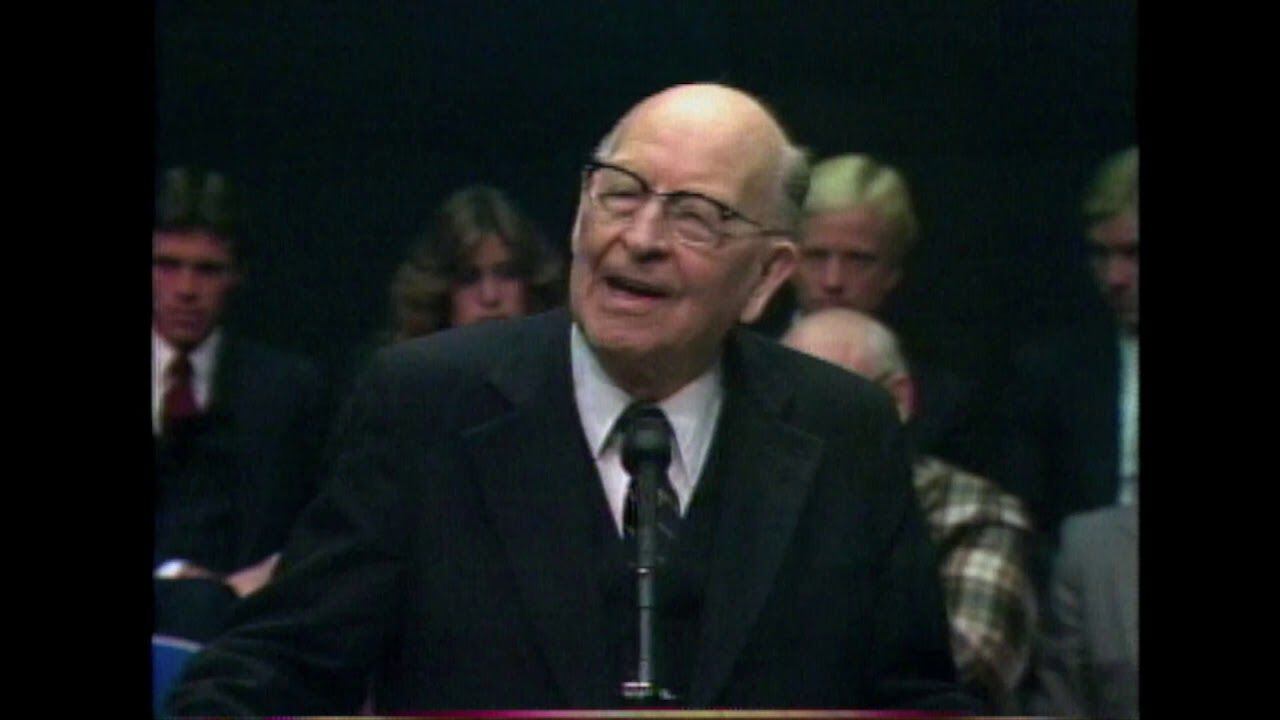
[Apostle] LeGrand Richards came to our ward to visit his daughter…and spoke to our small group of teenagers….[telling them] to “ask any question you want.”...I then asked about Brigham Young’s teaching in 1852 that Adam is “our God.” My second question was about apostle John W. Taylor’s being punished for marrying spiritual plural wives after the 1890 Manifesto. He replied that he finds it necessary to place many of the statements of Brigham Young and other early church leaders on the shelf until the Lord reveals more. At age 17, that seemed like an honest and sensible approach to me.
September 1963
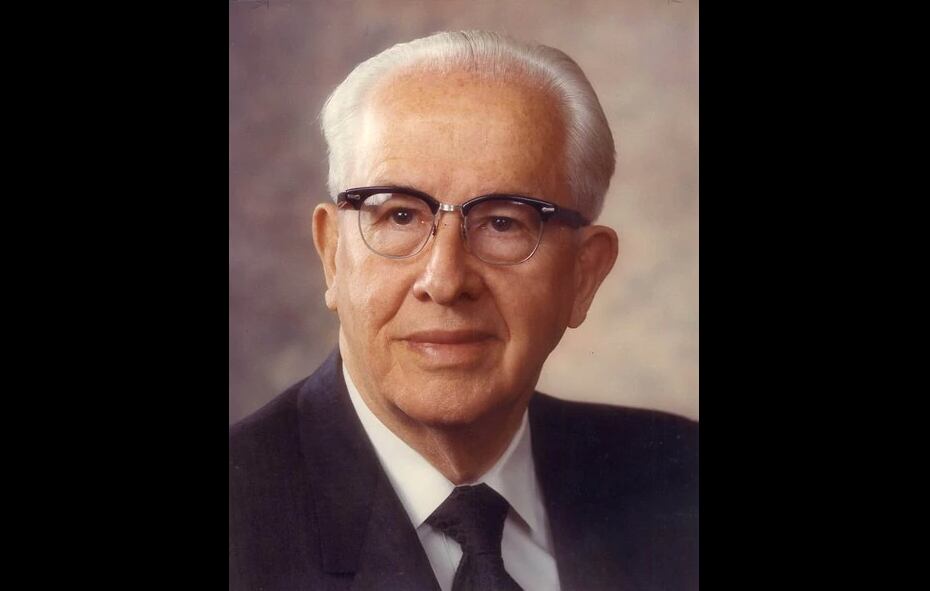
In a small room [in the Salt Lake mission home], apostle Ezra Taft Benson set apart me and nine others for service in England. In blessing two of us, he said, “I set you apart as a missionary in the British Mission and any other mission to which you may be called.”...It was really faith promoting. This was my testimony that Ezra Taft Benson was a prophetic apostle, which tempered my criticisms and mockery of his ultraconservative politics.
October 1963
Under [President Marion D. Hanks’] leadership, the British mission was a cultural, intellectual, and spiritual paradise for young missionaries. It took me years to accept this fact, but, in 1963, there was no better mission in the world for me. … My personality and previous development were uniquely suited to gaining the most as a Hanks missionary. As he often said, “If you convert only one person, let that convert be you, and your mission will be a success.”
June 1964
Apostle Mark E. Petersen…instructed the full-time missionaries to conduct in-person surveys of all the inactives in each branch or ward where the missionaries live. This was his way of cleaning up the mess left by baseball baptisms…I was the 20-year-old presiding elder over a branch that had lapsed into apostasy. I found myself in the position of preparing to conduct church court trials for twice the number of people I had baptized. …It seemed easier for me to think that there was no God than for me to know that I was helping to cut off people from his eternal presence. …Faith returned within two weeks. I again felt the daily influence of the comforting inner warmth I’ve always known now as God’s Spirit…I began to understand faith as a mysterious gift — especially my faith…And as a concealed queer, I had my gifts. Faith was one. Empathy was another.
September 1966
Following my return from my mission, I dated extensively — often with three young women at a time at BYU… Jan Darly was the first woman for whom I felt immediate sexual attraction. For a gay boy like me, that was enough to seriously consider marriage…
November 1966
Today, I went to the Manti Temple. …While in the session, my thoughts were about Jan Darley as they have been for weeks. I felt I had to know if I should marry her…By the power of the Holy Ghost the Lord revealed that I should. I felt the peace and comfort of the Lord with me…Four evenings afterward…I asked Jan if she would be my wife. She accepted my proposal.”
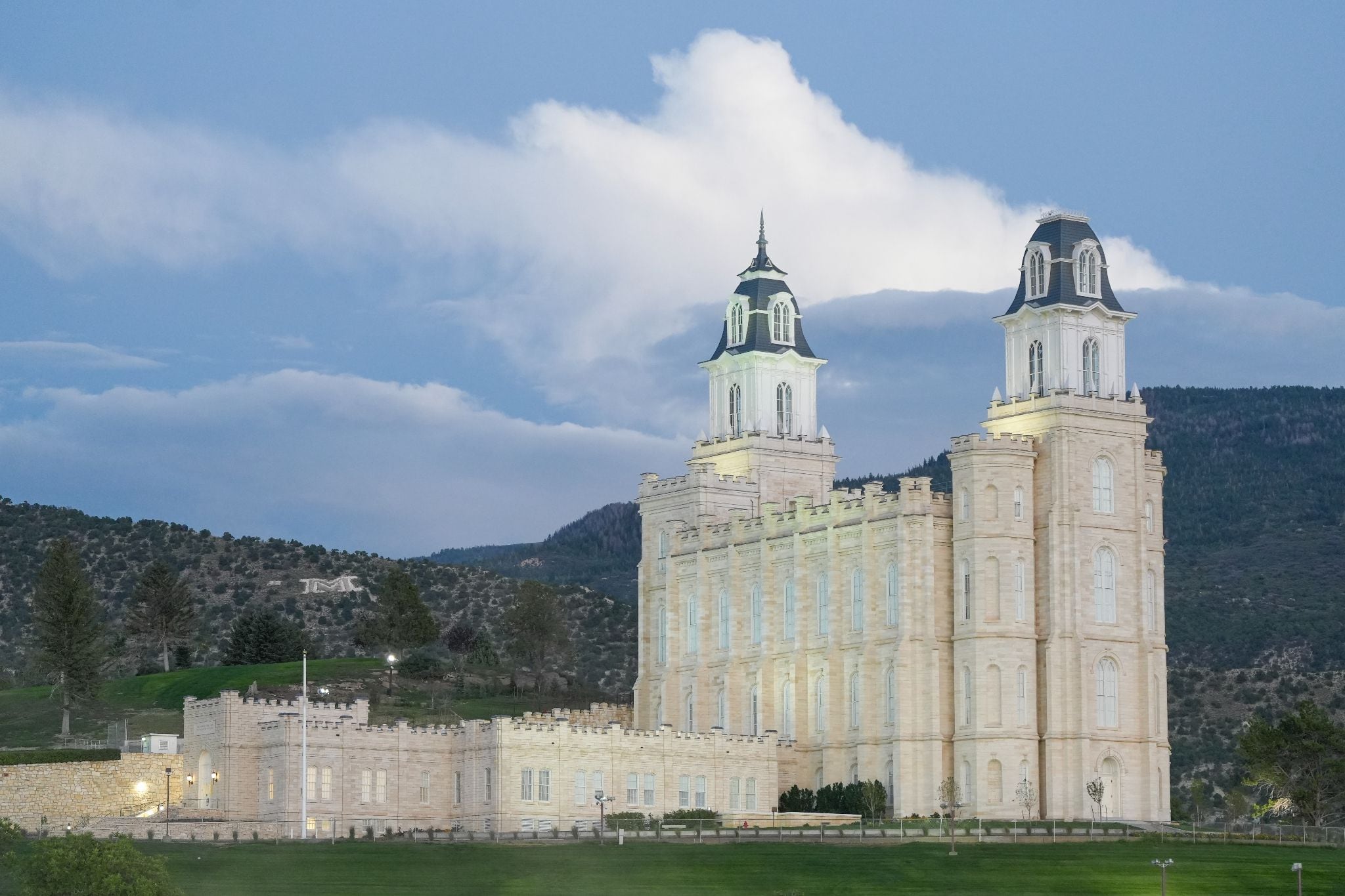
Early 1969
The next time I needed to administer to our sick child, I asked Jan to also place her hands on Mary’s head. Because there were no set words for the ordinance of blessing the sick, I said in the prayer of sealing the anointing that my wife and I were performing this ordinance “according to our faith and by power of the Melchizedek Priesthood, which I hold.”
Early months of 1970
While in Munich, I prayed almost daily (and fasted weekly) for God’s special intervention when I got out of the military. I asked him to give me access to the documents of the LDS Church that would provide understanding of the internal operations of the general authorities and their activities, particularly regarding polygamy. Amazingly, that’s what happened as soon as I began graduate study in history the following year.
April 1972
I feel that the Lord has allowed me to find as much information as he has for a purpose…for me to write a detailed and comprehensive history [of post-Manifesto polygamy] — why I do not know.
May 1972
Even without indulging in pornography, my thoughts were filled with homosexual lust on a daily basis. Sometimes hourly.…The aching frustration of my unfulfilled homosexuality was making it difficult for me to respond emotionally or sexually toward my wife. … After the initial shock [of learning I was a homosexual], Jan was determined that we would work out the situation together with our mutual love, devotion and religious faith. I eventually learned that this is the universal approach by unfulfilled spouses of homsexually oriented Mormons.
July 1972
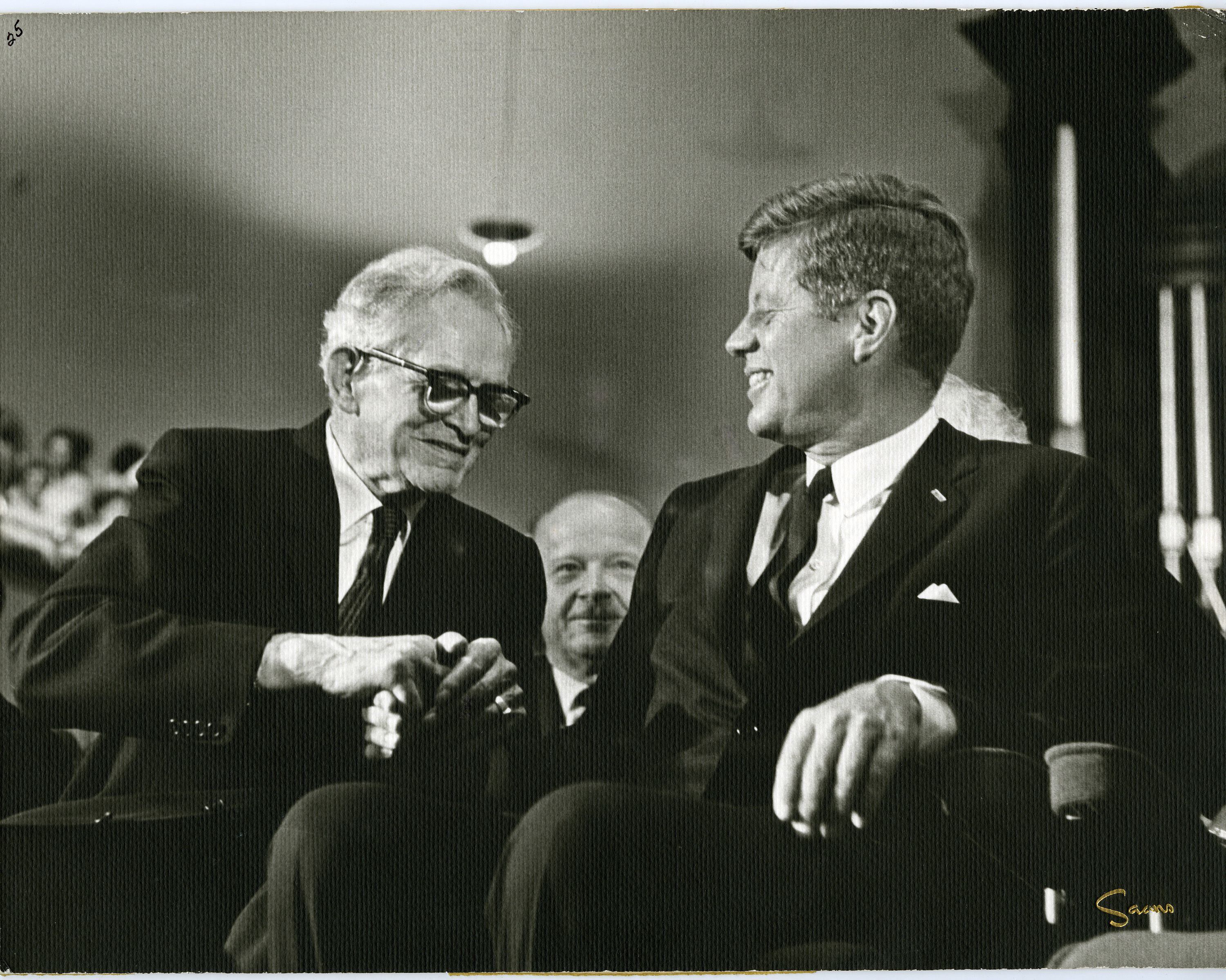
At the death of [church President] David O. McKay, there was a movement to choose someone else besides Joseph Fielding Smith as the prophet. This would have ended the previous practice of automatically advancing the senior member of the Quorum of the Twelve Apostles to be the next president. What is most disturbing to me is that this movement came within the Quorum of the Twelve itself.
January 1973
In the blessing [by then-apostle Spencer W. Kimball], he commended me repeatedly for my integrity and faith. He admonished me to keep myself worthy at all times for the call which I anticipated [apostle]. He admonished me also to serve diligently in whatever calling I might receive. He concluded the blessing with the promise that if I fulfilled God’s expectations of me, I would receive the calling which I had been promised by him.
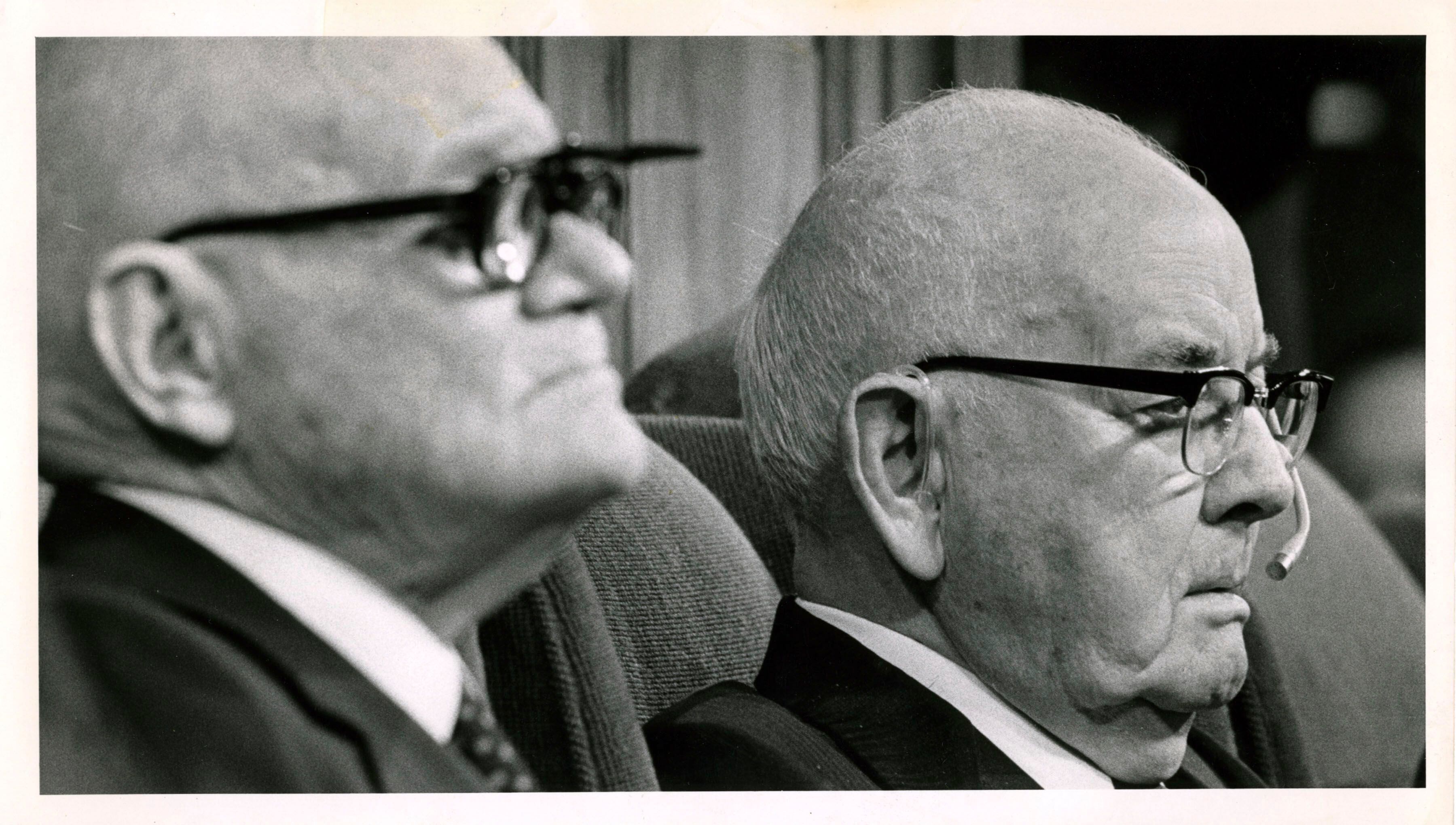
July 1973
I left the Historical Department this day with a profound awareness that my commitment to full disclosure in writing the history of the LDS Church was more extreme than the kind of openness Leonard [Arrington] advocated…It was so odd for me to feel religiously conservative and yet to be regarded as some kind of radical. The New Mormon History meant something different to me than it did to Leonard Arrington, its chief architect.
Fall 1973
In the New Haven Ward [while doing graduate work at Yale], I discovered that the majority resented Western Mormons. All of us Westerners were well educated and either in white-collar jobs, elite professions, or were Yale students.…By contrast, nearly all the ward’s local members were blue-collar workers (if employed at all)....The religious disparities compounded the social distinctions and increased the perceptions of superiority or inferiority.
March 1974
Word came back that the [Ford Foundation] fellowship [for Mexican Americans] committee regarded me as ineligible for two reasons: 1) I lacked a Hispanic surname or middle name; 2) I didn’t speak Spanish. It was an ultimate compliment for my father’s decision to become WASP.
November 1981
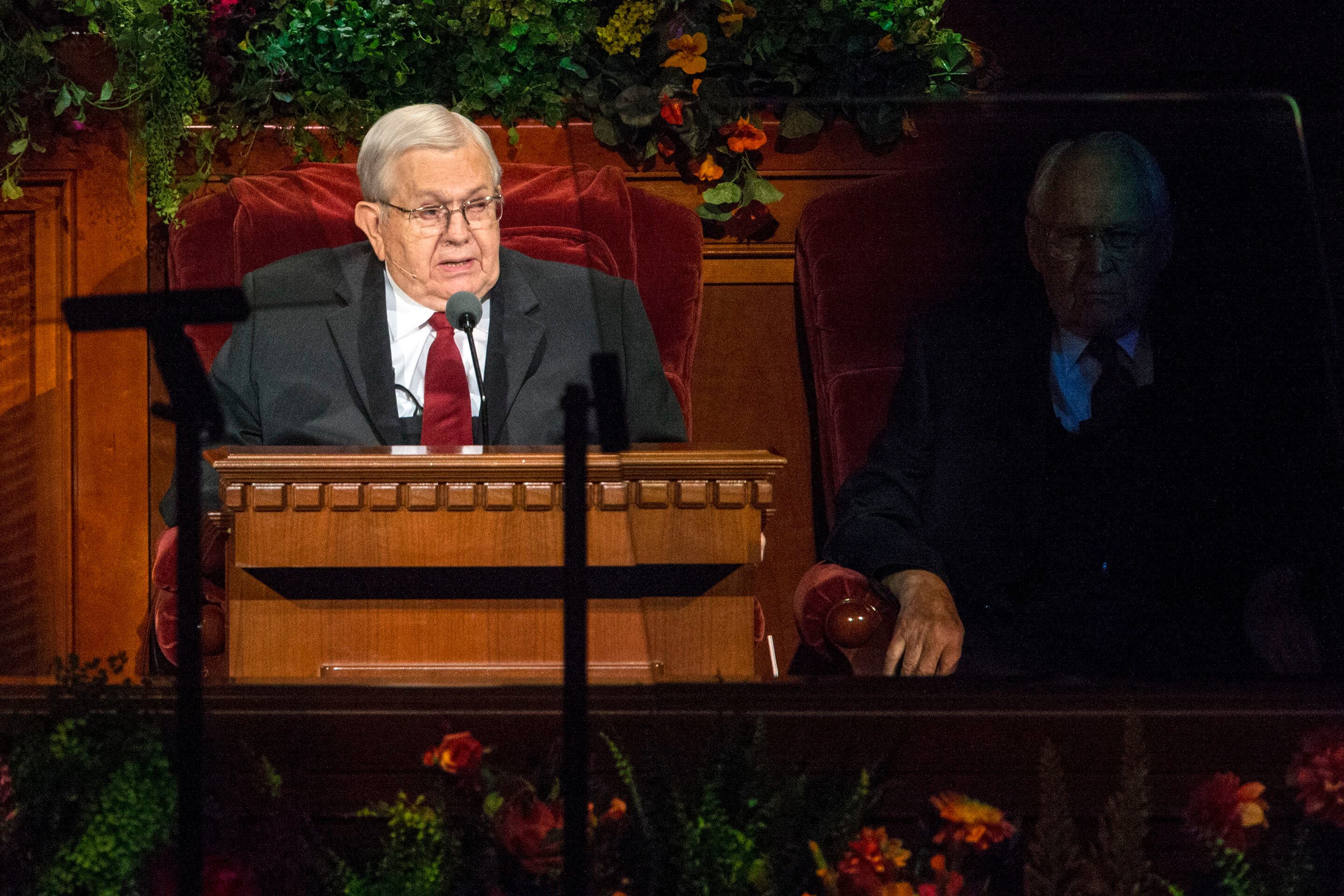
For his talk to all the CES [Church Educational System] teachers and BYU religion professors on Aug. 22, 1981, [apostle] Boyd K. Packer had given a methodical attack on Mormon historians. It was titled “The Mantle Is Far, Far Greater Than the Intellect.” ... He had attacked the very basis of my sense of a historian’s mission to the Latter-day Saints.…[An] officer in the history student organization … asked me to help history majors understand how they could continue their interest in the Mormon past after Elder Packer’s talk against the writing of candid Mormon history. …I realized that by making any kind of reply to Elder Packer’s talk, I would probably forfeit the string of church offices I expected to serve in. In the days before I spoke, I asked myself and God if I had the right to jeopardize my life’s mission, just to make a largely futile criticism of [Packer’s] effort to remake the LDS Church into his own malignant image…I felt the [Holy] Spirit with me and prepared a talk [”On Being a Mormon Historian” which was given on Nov. 4 at BYU.]...I gave a copy…to my bishop a few days before the meeting…I expected some local discussion of my essay, but was surprised by the publicity. I started receiving phone calls from throughout the nation…I was getting advice not to publish it from academics and nonacademics, active and inactive Mormons, and even non-Mormons. They were all concerned about the personal consequences if I did.
January 1986
Today, Jan and I received our decree of divorce, which I felt provided her with the only possibility for happiness and fulfillment, …After the divorce was finalized, Moyne Oviatt became my steady date at all BYU faculty socials. As Jan’s closest friend and confidante, Moyne knew of my homosexuality but was glad to assist in deflecting some of BYU’s scrutiny.
Early 1986
I heard that Joseph Fielding McConkie, a prominent member of BYU’s College of Religious Instruction, denounced me to fireside groups in California and Utah as “the anti-Christ of BYU.” …I found nothing funny in his remark. It hurt deeply.
March 1987
I could no longer risk that our children would learn from the rumor mill. With Jan at my side, I confided my sexual orientation fully to Lis (16), Adam (12) and Paul Moshe (10). I wrote a letter to Mary (18), who was at court reporting school in Sacramento.…A huge relief that my children didn’t reject me.
Fall 1987
Faculty members circulated the rumor that I was already in the process of being excommunicated for publishing the magic book. …I felt that I had no alternative but to leave BYU as soon as possible. If I’d ever belonged there, that time was past.
June 1988
I didn’t realize that my best efforts to be a conforming member of the LDS Church would boomerang: a failed marriage, my boys growing up in a one-parent household, all my children out of the church by their choice; my being stigmatized and forced out of employment at BYU, plus finding myself a target of the LDS Church’s leaders I had once aspired to be among. I’ve also ended up in the homosexually defined life I thought my choices would avoid….
I still believe in God’s modern revelations, but I could not honestly recommend any homosexually oriented person take the LDS path of conformity and sexual repression…. Mormon theology is larger and more embracing than the LDS Church. Thus, I will always find inspiration and comfort in the Mormon understanding of my relationship to Heavenly Father and to my fellow man.
February 1993
The president of the Salt Lake Stake, Paul A. Hanks, appeared with his counselors at my door this Sunday morning — holding a written accusation that my recent historical publications constituted apostasy.… At the top of his typewritten list was my essay “Mormon Women Have Had the Priesthood Since 1843, published in a feminist book, “Women and Authority,” edited by Maxine Hanks.…I didn’t bother to point out to the stake president that this article was a longer analysis of what I had published in the fall of 1981 as a professor at BYU. What was merely controversial back then was apostate in 1993.
September 1993
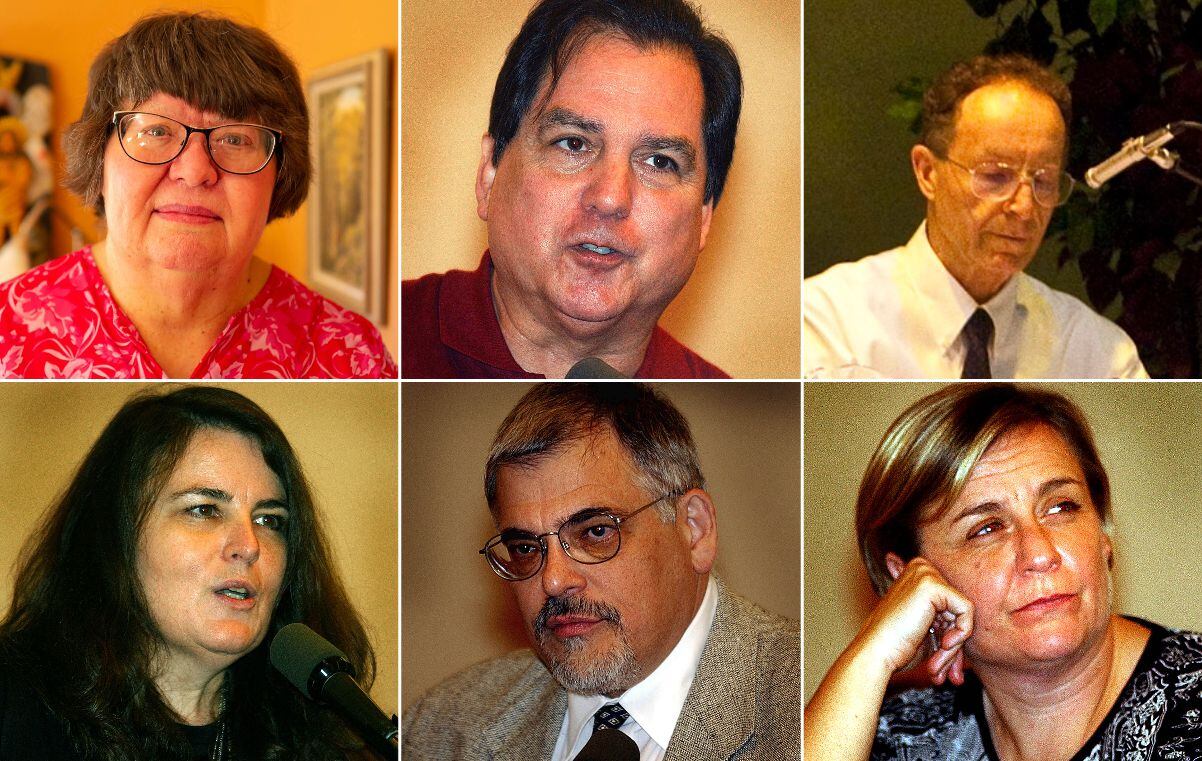
I received written notice that I was excommunicated on Sept. 26 for my refusal to cooperate with the stake president’s inquiry into my alleged apostasy. Bad manners was my conduct unbecoming a member of the church…[It] was like a death in the family — except I was looking at myself in the coffin. Is graveyard humor the best way to grieve your own death? The burning of the [Holy] Spirit within me made that grief bearable and gave me strength to go on. But the fact remains that the only life I ever wanted to live was dead.
June 1998
I am without a male lover or significant companion and will probably remain alone for the rest of my life. Despite my sexual and emotional needs, isolation is what I seem to want.
I was excommunicated from the LDS Church exactly six months before I turned 50, the age at which I once thought I would be an apostle.
Editor’s note • This story is available to Salt Lake Tribune subscribers only. Thank you for supporting local journalism.




























